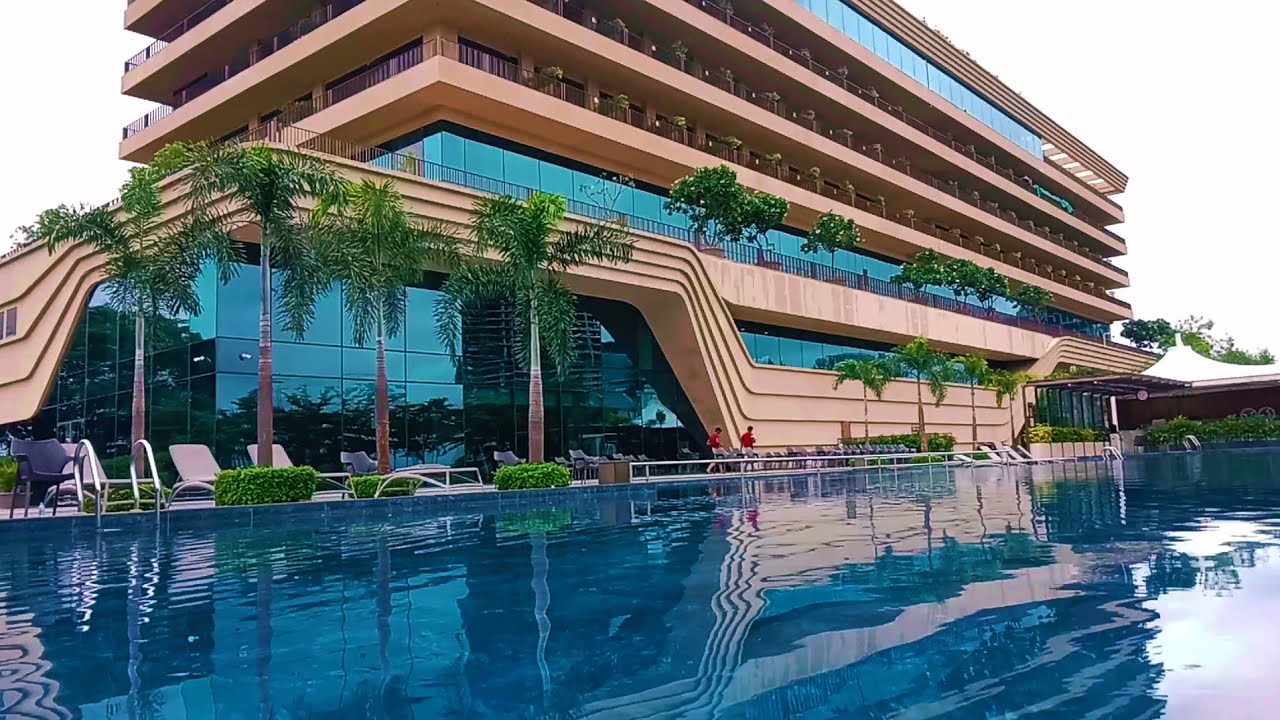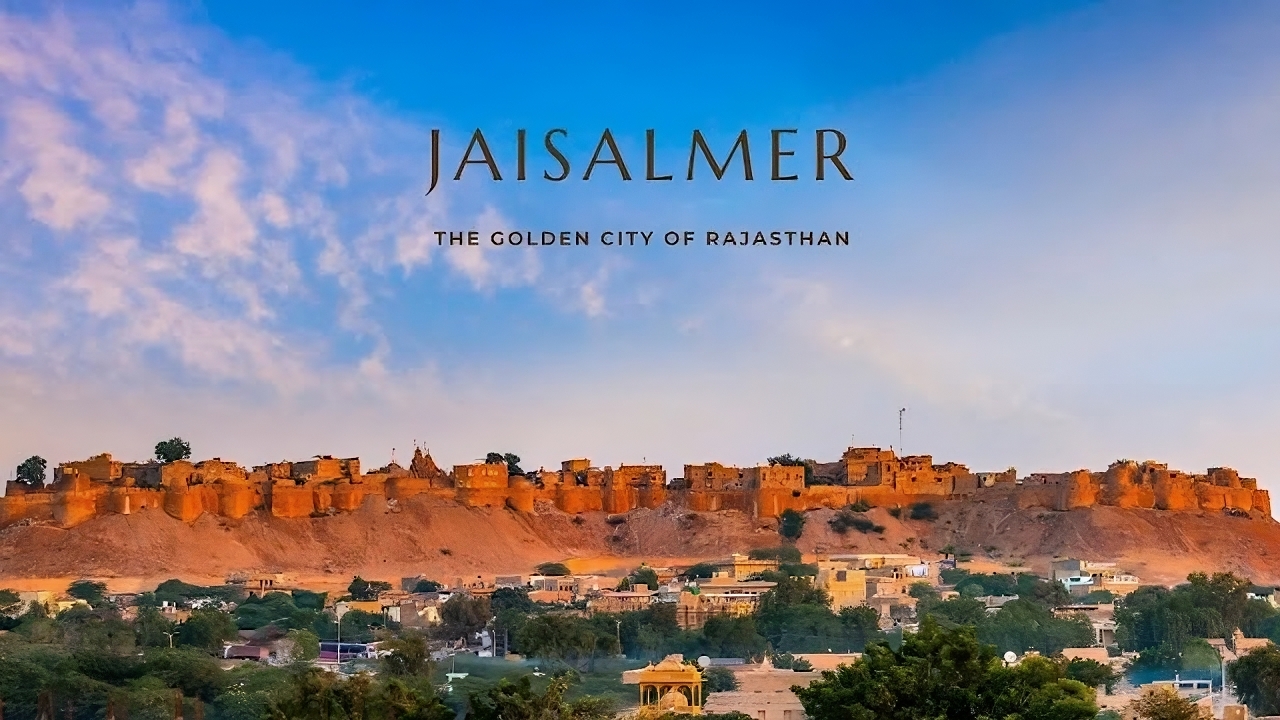Rajasthani folk art is more than just decorative expression. It is a form of visual storytelling that connects generations, preserves cultural memory, and reflects deep philosophical beliefs. Across various towns and villages of Rajasthan, different communities have developed distinct artistic styles that use symbols, colour, and composition to express social, religious, and ecological ideas.
This exploration focuses on understanding the artistic traditions of Rajasthan as visual poetry—an interplay between form, meaning, and memory. Rather than treating these works merely as artefacts, they are better viewed as dynamic elements of lived culture.
What Does ‘Visual Poetry’ Mean in Folk Art?
The idea of “visual poetry” is used to describe art that speaks through images the way poems speak through words. In Rajasthani folk art, this can be seen in the careful composition of scenes, the repetition of motifs, and the use of symbolic colour. These elements often follow a rhythm or pattern, just like lines in a poem.
For example, certain animals, flowers, and deities reappear across multiple paintings. They may represent different ideas depending on their placement, size, or direction. A bird flying upward may symbolise liberation, while one facing down could indicate rootedness or fate. These subtle differences in presentation hold layered meanings for those who understand the cultural context.
How Is Nature Represented in Rajasthani Art?
Nature plays an essential role in many Rajasthani artworks, not just as a background, but as a character with agency and meaning. The desert landscape, seasonal rhythms, and local flora and fauna all contribute to the stories being told.
Among the recurring subjects are birds. They are used in a symbolic and aesthetic sense—appearing as messengers, companions, or signs of spiritual presence. In several paintings, birds are shown interacting with human figures or divine beings, helping viewers interpret the emotional tone of the scene.
An excellent reference for this type of visual treatment is found in the collection Bird on Canvas, where each piece offers its own poetic perspective using avian forms.
These representations serve not only an artistic purpose but also educate younger generations about the region’s biodiversity and belief systems.
What Is the Importance of Structure in Narrative Art?
Many Rajasthani folk art forms follow a structured approach to storytelling. Panels, borders, and sequences are carefully arranged to guide the viewer’s attention. In some cases, the story is revealed step by step, allowing the observer to pause and reflect at each stage.
This structured narrative can be seen most clearly in painted shrines such as those used in Kaavad Art. The Kaavad is a wooden object with doors and panels that unfold to reveal detailed paintings. Each panel represents a part of a story, often from epic texts or local folklore. As the storyteller opens each door, they narrate that part of the tale, creating a unique experience of visual and spoken art.
The integration of object design, illustration, and oral performance makes Kaavad a powerful medium of community memory. It shows how structure in folk art goes beyond composition—it actively shapes the viewer’s understanding.
Which Elements Make Rajasthani Art Unique?
Rajasthani folk art combines certain recurring elements that make it distinct from other regional traditions. These include:
-
Flat Perspective: Figures are often shown frontally or side-on, without depth, to maintain clarity.
-
Bold Colours: Red, blue, green, and gold dominate the palette, each colour symbolising a different emotion or value.
-
Religious Themes: Stories from Hindu epics, saints’ lives, and folk deities are frequent subjects.
-
Narrative Rhythm: The flow of figures and symbols across a piece creates a rhythm similar to verse.
Each of these traits is used purposefully. For example, the flat perspective is not due to a lack of technique but is a stylistic choice that keeps the story easy to follow. Similarly, colour is never random. Red often symbolises power or sacrifice, while blue may represent cosmic elements or devotion.
These elements combine to give Rajasthani folk art a poetic quality that resonates with viewers both within and beyond the culture.
How Is Community Knowledge Preserved Through Art?
Folk art in Rajasthan is often passed down through families and caste-based guilds. This makes it a living tradition where skills are shared by observing and doing, rather than formal instruction. Art is not just a profession but a way of understanding the world.
In these communities, art carries not just beauty but wisdom. It includes lessons about ethics, history, and the natural world. Artisans learn about proportion, geometry, and symbolic systems through repeated practice and observation. While many of these skills are not written down, they remain intact through oral transmission and daily use.
Such forms of knowledge preservation are especially important in a world where standardisation often erases local nuance. Rajasthani folk art serves as a model of how knowledge can be both aesthetic and functional, both timeless and adaptable.
Why Do Stories Still Matter in Visual Art?
Stories are central to folk art because they connect the viewer to something larger than themselves. They can explain origin myths, teach moral lessons, or commemorate events. This is why narrative-based painting forms are still relevant today.
One such form is the Phad, a long cloth scroll painted with scenes from local epics, especially the life of Pabuji, a folk deity. Traditionally, these scrolls are used by storytellers who travel from village to village. They unroll the scroll bit by bit while narrating the tale, often accompanied by music.
In modern times, this tradition has adapted. The artworks are now also available as decorative pieces or digital prints. However, they continue to carry their original narrative depth. A useful way to explore these is by viewing Phad Painting Online, where you can appreciate their detailed storytelling format.
These stories continue to influence regional identity and keep cultural dialogues alive.
How Has Technology Influenced Folk Art?
Technology has created both opportunities and challenges for Rajasthani folk artists. On one hand, it has made their work more accessible to a global audience. Digital platforms allow artists to share their work without relying on local exhibitions or intermediaries. On the other hand, mass reproduction and imitation pose risks to authenticity and originality.
However, technology also provides new tools for preserving and documenting these art forms. High-resolution photography, digital archives, and virtual exhibitions help ensure that detailed information about technique, meaning, and context is not lost. Artists and scholars alike can benefit from these resources, leading to a better understanding of traditional forms.
Importantly, responsible engagement with technology includes proper crediting, fair trade practices, and ongoing dialogue between creators and viewers. Only then can the core value of the art be retained in a modern setting.
How Can We Interpret Rajasthani Folk Art Today?
Interpreting folk art requires more than aesthetic appreciation. It involves understanding the social, historical, and cultural frameworks in which the work was created. For example:
-
Symbolism: A lotus may represent purity or divine presence.
-
Gesture: The raised hand of a deity may imply blessing, power, or warning.
-
Placement: The centre of a composition often contains the most important figure or idea.
To read folk art is to decode a visual language. This means paying attention not just to what is shown, but how and where it is shown. Even negative space—the areas without paint—can carry meaning by focusing the eye or marking sacred boundaries.
By learning this visual grammar, we enrich our understanding of the artwork and the worldview it reflects.
Conclusion
Rajasthani folk art is not simply a matter of tradition or craft—it is a living form of visual poetry. Each painting, scroll, or shrine tells a story not just with images, but with emotion, belief, and social memory. The continued practice and study of these art forms remind us that art can be a serious way of knowing, interpreting, and participating in the world.
Whether through structured narratives, symbolic birds, or epic cloth scrolls, these artworks invite us to see with more than just our eyes. They ask us to see with understanding.










